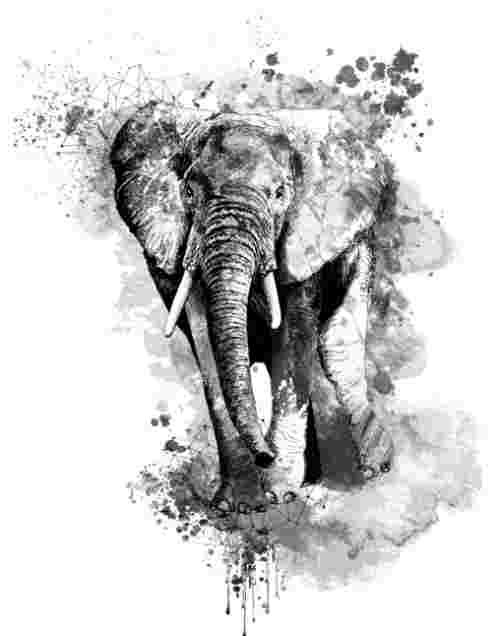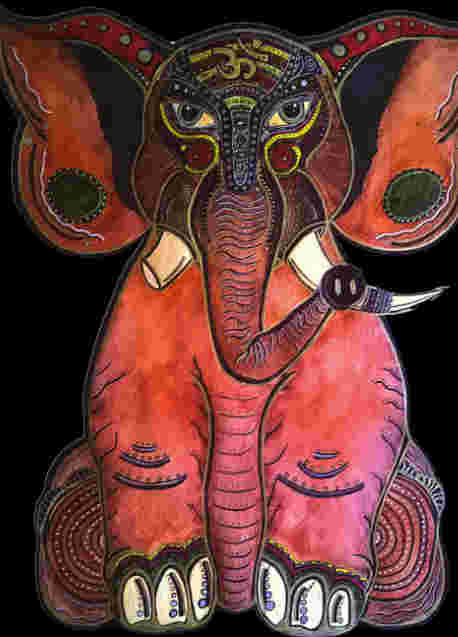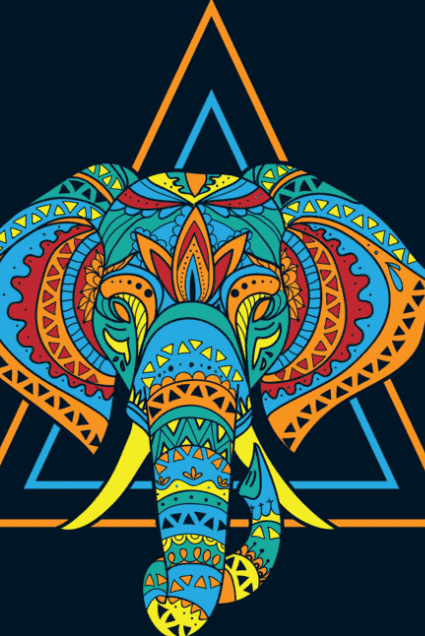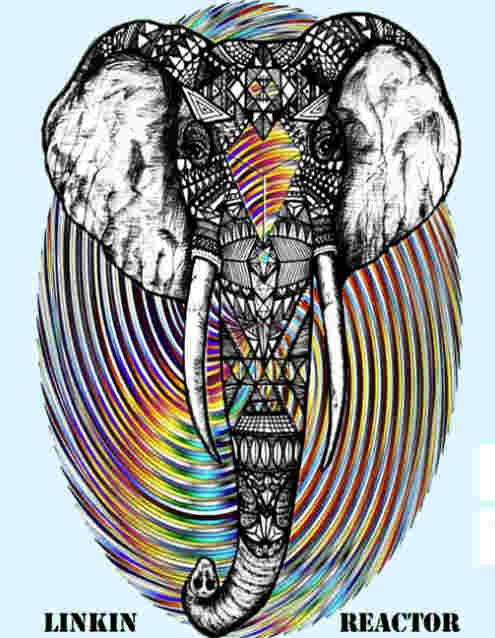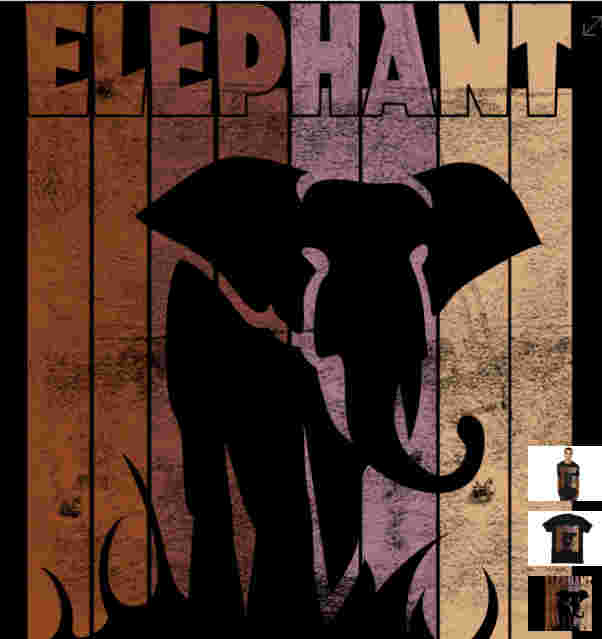African Bush Elephants are the largest land animals in the world. Males can grow up to 13 feet tall at the shoulders, measure up to 30 feet from trunk to tail, and weigh up to 14,000 pounds. That may explain why Elephants are the ONLY mammals that can't jump!
The largest elephant on record was an adult male African elephant. It weighed about 24,000 pounds and was 13 feet tall at the shoulder!
Save the Elephants has the mission to secure a future for elephants and to sustain the beauty and ecological integrity of the places they live; to promote man’s delight in their intelligence and the diversity of their world, and to develop a tolerant relationship between the two species.
Donate at: SaveTheElephants.org
An elephant has an appetite that matches its size. An adult can eat 300 lbs. (136 kg) of food in a day, according to the National Geographic.
At the age of 16, an elephant can reproduce, but rarely has more than four children throughout her lifetime. At birth, an elephant calf weighs about 230 lbs!
David Sheldrick Wildlife Trust embraces all measures that compliment the conservation, preservation and protection of wildlife. These include anti-poaching, safe guarding the natural environment, enhancing community awareness, addressing animal welfare issues, providing veterinary assistance to animals in need, rescuing and hand rearing elephant and rhino orphans, along with other species that can ultimately enjoy a quality of life in wild terms when grown.
Donate at: SheldrickWildlifeTrust.org
An elephant's trunk weighs around 400 pounds and contains around 100,000 different muscles. But, thanks to finger-like appendages at the tip, they’re also nimble enough to pluck a single blade of grass.
Elephants have the longest pregnancy of all the animals. It takes a female 22 months from conception to give birth.
Save Elephant Foundation is a Thai non–profit organization dedicated to providing care and assistance to Thailand’s captive elephant population through a multifaceted approach involving local community outreach, rescue and rehabilitation programs, and educational ecotourism operations.
Donate at: SaveElephant.org
A group of elephants is called a herd. The herd is led by a matriarch, which is the oldest female. Females, as well as young and old elephants, stick together in a herd. Adult males tend to wander on their own. Elephants also have certain rules. For example, when they are meeting each other, they expect the other elephant to extend its trunk in greeting. The matriarch will often teach young elephants in her herd how to act properly.
Tusks are an elephant’s incisor teeth. They are used for defense, digging for water, and lifting things.
Unless you are ambidextrous, you probably prefer to use one hand over the other. Elephants are the same way about their tusks: Some are “lefties,” others are “righties.” They’ll favor that tusk when fighting other Elephants, picking things up, or stripping leaves and bark off trees. Because of constant usage, their preferred tusk gets shorter over time.
Elephants have four molars, one on the top and one on the bottom on both sides of the mouth. One molar can weigh about five pounds and is the size of a brick!
A baby elephant is called a calf. As the calf grows, it will gain 2 to 3 lbs. every day until its first birthday. By the time they are 2 or 3 years old, calves are ready to be weaned. Male calves will wander off on their own, while females will stay with their mothers. When they are 13 to 20 years old, they will be mature enough to have their own young. Elephants live 30 to 50 years in the wild.

